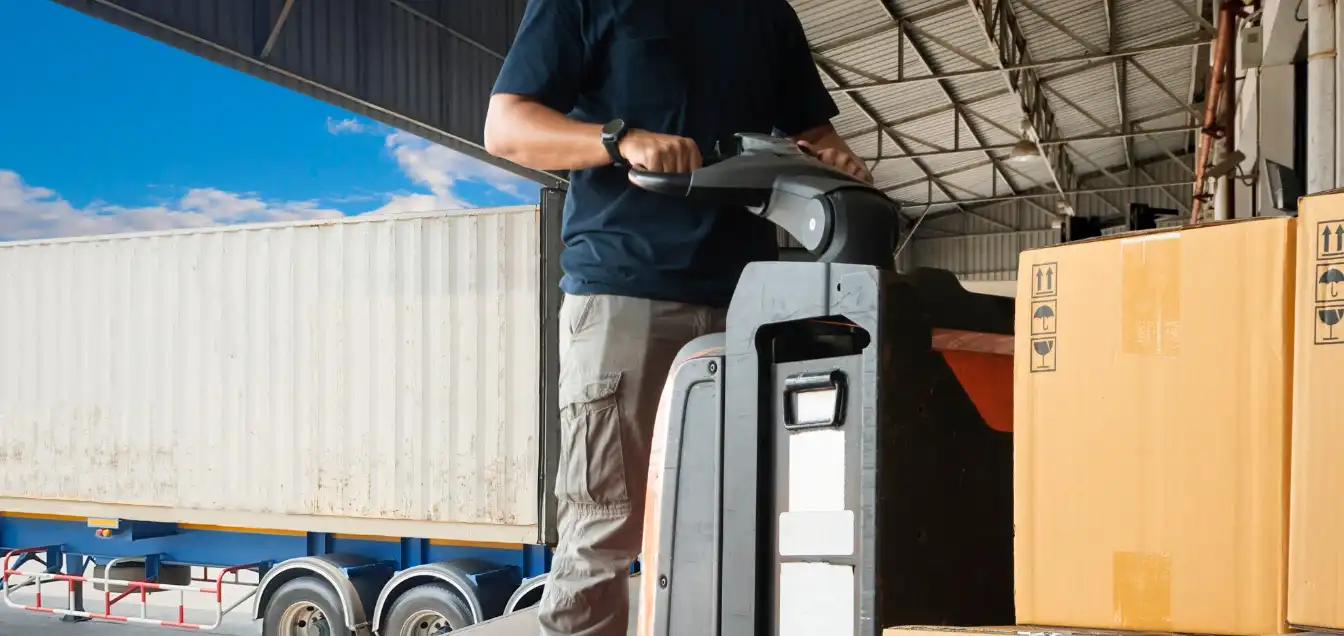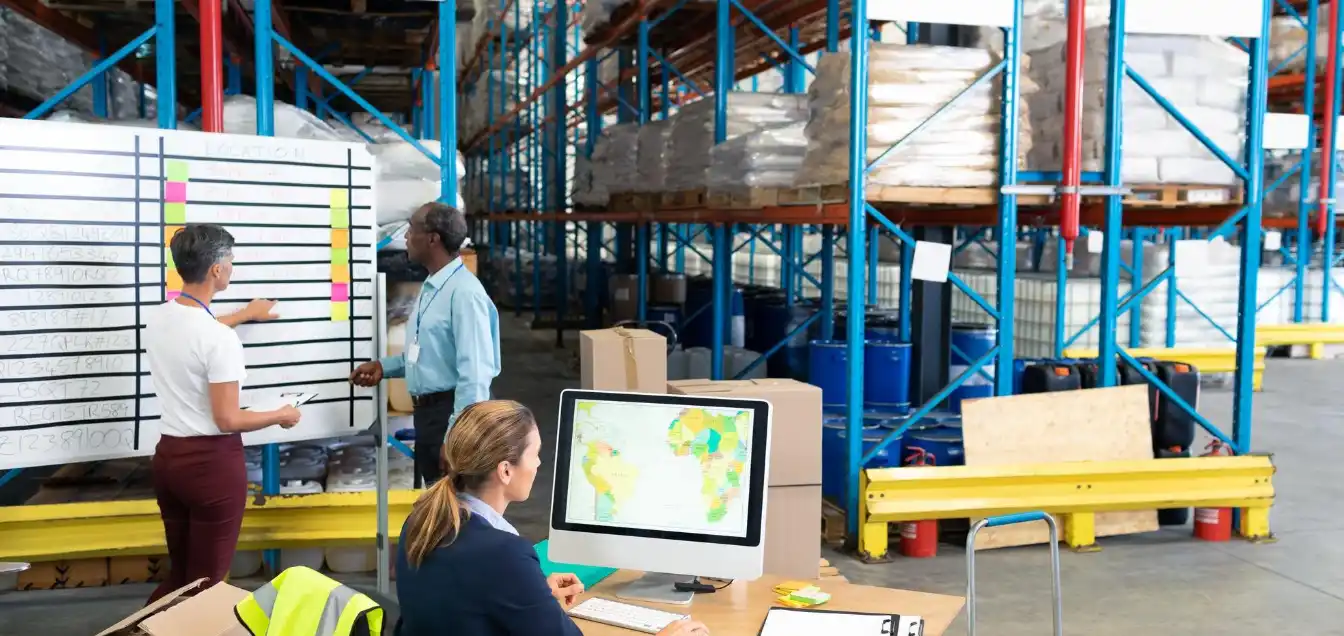As businesses grow, managing logistics effectively becomes paramount. The integration of 3PL EDI for Third Party Logistics is a game-changer, enhancing communication and operational efficiency. In a world where speed and accuracy dictate success, this guide explores the significance of 3PL EDI in the logistics landscape, especially looking forward to 2025.
What is 3PL EDI?

3PL EDI, or Electronic Data Interchange, refers to the electronic exchange of business documents between trading partners. In the context of logistics, it allows logistics providers to communicate seamlessly with manufacturers, retailers, and other entities in the supply chain. Documents exchanged include purchase orders, invoices, shipping notices, and inventory reports. By digitizing these processes, companies can dramatically reduce the time required to manage logistics.
The shift from manual processes to EDI is not just about speed; it’s also about reducing errors and improving accuracy. When harnessed effectively, 3PL EDI for Third Party Logistics transforms how organizations manage orders and track shipments, paving the way for greater operational transparency and reliability.
Benefits of 3PL EDI for Third Party Logistics
The advantages of utilizing 3PL EDI for Third Party Logistics are extensive and can be categorized into several key areas:
- Speed and Efficiency: Data is transferred in real time, which minimizes the delays typically associated with manual order processing. This is critical for companies aiming to provide swift services to their customers.
- Cost-Effectiveness: Automating processes through EDI decreases labor costs and reduces the chances of shipment errors, which can be costly.
- Enhanced Accuracy: Compared to manual data entry, EDI ensures higher accuracy in documentation, which is crucial for keeping inventory aligned and fulfilling orders correctly.
- Improved Collaboration: By utilizing standardized formats, partners in the supply chain can communicate more effectively, which leads to better collaboration.
- Real-Time Tracking: Implementation of 3PL EDI for Third Party Logistics provides stakeholders with real-time visibility into inventory status and shipment tracking, facilitating better decision-making.
3PL EDI for 3PLs
Utilizing 3PL EDI for 3PLs means that firms offering third-party logistics services can enhance multiple aspects of their operations. From managing inventory levels to coordinating shipments, EDI provides a unified platform for all transactional data.
A notable case in point is a Canadian 3PL company that adopted EDI to synchronize its processing with various third-party suppliers. By integrating their systems, they managed to reduce cycle time by 25% and improve customer satisfaction ratings significantly. This gap in delivery schedules was bridged through the improved visibility afforded by 3PL EDI for Third Party Logistics.
3PL EDI Integration
3PL EDI Integration is essential for companies wanting to unify their operational processes. Companies typically integrate EDI with existing Enterprise Resource Planning (ERP) systems, creating an efficient flow of information.
The following chart highlights the significant improvements observed post-EDI integration:
|
Aspect |
Before EDI Integration |
After EDI Integration |
|
Order Processing Time |
24 hours |
1-2 hours |
|
Order Accuracy |
85% |
99% |
|
Operational Costs |
$10,000/month |
$6,000/month |
|
Customer Satisfaction Rate |
75% |
95% |
This evidence underscores how pivotal 3PL EDI for Third Party Logistics can be in enhancing operational efficiency.
3PL Warehouse Services in Canada

Several companies offer 3PL Warehouse Services in Canada that benefit immensely from 3PL EDI for 3PL logistics in Canada. Below are a few notable players making strides in this area:
- DelGate: This company specializes in global logistics and offers integrated solutions that leverage EDI for enhanced customer service.
- DHL Supply Chain: Providing tailored logistics solutions across multiple industries, DHL utilizes EDI for streamlined operations and inventory management.
- Ryder: Known for their comprehensive fleet management and supply chain solutions, Ryder employs EDI to ensure accuracy in deliveries.
- Canada Cartage: This innovative 3PL company offers customizable fulfillment services tailored to the specific needs of its clients.
- Meyer Logistics: Specializing in temperature-controlled and standard logistics, Meyer leverages EDI for efficient inventory tracking and seamless communication.
3PL Fulfillment in Canada
When discussing 3PL fulfillment in Canada, it’s essential to highlight the adaptability of local businesses to fulfill customer needs. Companies that use a Canadian Fulfillment Center that employs 3PL EDI for Third Party Logistics will better navigate the complexities of order management and distribution.
For example, a Canadian ecommerce business leveraged a fulfillment center that utilized EDI technology combined with advanced fulfillment technology. This allowed them to achieve a remarkable 300% increase in order processing speed during peak seasons, optimizing their operation for both storage and shipment. Additionally, partnering with reliable courier services in Canada enhanced their last-mile delivery efficiency. Their investment clearly paid off, leading to improved customer loyalty and retention.
Embracing Innovation in 3PL
Embracing Innovation in 3PL is crucial for navigating growth in logistics. As technology evolves, logistics services must adapt to keep pace. The integration of advanced technologies, such as AI and machine learning, has begun to revolutionize supply chain management, allowing for smarter decision-making and operational scalability.
When combined with 3PL EDI for Third Party Logistics, these technologies can automate forecasting and optimize inventory management, further enhancing efficiency. This synergy leads to better customer service and resource utilization, allowing firms to offer more competitive pricing and reliable delivery schedules.
Last Mile Delivery in Canada
The final connection in the supply chain, last mile delivery Canada, bridges the gap between distributors and end consumers. Effectively implementing 3PL EDI for Third Party Logistics can optimize delivery routes, providing real-time visibility into delivery conditions while minimizing delays.
A Canadian company that recently adopted last-mile solutions using EDI technology reduced their average delivery time by 30%. By automating tracking information and aligning it with their operational infrastructure, they improved overall service quality. Their collaboration with Innovative Furniture Courier enhanced their ability to handle large orders efficiently, particularly for nationwide big and bulky product delivery.
Green Logistics and Sustainability
As businesses recognize the urgent need for environmentally responsible practices, green logistics is gaining traction. Companies can utilize 3PL EDI for Third Party Logistics to enhance sustainability initiatives through efficient resource allocation.
Implementing eco-friendly practices can help logistics providers reduce carbon footprints, attracting eco-conscious customers. Moreover, businesses increasingly find that ensuring sustainability boosts their bottom line. A report from the Global Logistics Sustainability Report indicates that companies adopting green logistics practices can witness a savings potential of up to 45% in operational costs.
Cross-Docking in Canada
Cross-docking in Canada is a logistics strategy that benefits substantially from 3PL EDI for Third Party Logistics. This method minimizes storage time for goods by directly transferring products from incoming to outgoing transportation with little to no handling in between.
With EDI, companies can synchronize arrival and departure timings more effectively, which reduces the risk of delays. Firms employing cross-docking techniques can achieve an inventory turnover rate of near 100%, significantly enhancing their supply chain efficiencies.
Transloading Services in Canada

Finally, Transloading Services in Canada offer businesses improved options for moving goods between various transport modes. Here, 3PL EDI for Third Party Logistics plays a vital role by providing the necessary visibility across multiple transportation networks. This allows logistics providers to plan and execute their operations more effectively.
Conclusion
In summary, 3PL EDI for Third Party Logistics is essential for effective supply chain management. This guide underscores its importance, benefits, and integration into modern logistics practices. As we approach 2025, investing in technologies like EDI will be critical for companies aiming to thrive in an increasingly competitive market.





